The world of transportation is vast and complex, particularly when it involves semi-trailers—key components in the logistics and freight industry. A crucial metric to consider for companies and drivers is the width of these vehicles. Understanding this dimension can significantly impact operational efficiency, road safety, and compliance with transport regulations. Here, we will delve into the specificities of tractor-trailer widths, addressing various aspects that encompass dimensions, regulations, safety, variations, and more.
What is the Width of a Tractor-Trailer?
Typically, the width of a standard tractor-trailer, also known as a semi-truck or articulated truck, is regulated to ensure safety on highways and roads. Most tractor-trailers measure approximately 102 inches (8.5 feet) wide.
Breakdown of Dimensions
| Feature | Standard Measurement |
|---|---|
| Width of Truck | 102 inches (8.5 feet) |
| Height of Truck | Up to 13.5 feet |
| Length of Trailer | Up to 53 feet |
The width of 102 inches is not merely a random figure; it is a carefully considered dimension that balances load capacity, road safety, and maneuverability.
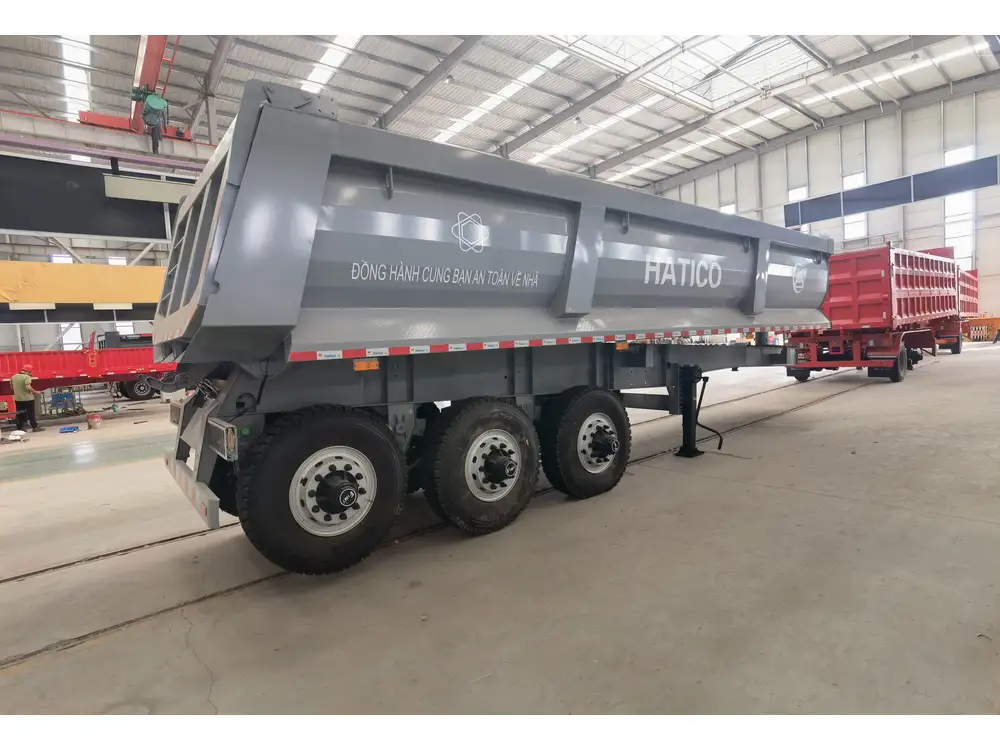
Regulatory Standards for Width
When it comes to regulatory standards, widths are consistently maintained across the United States. The Federal Motor Carrier Safety Administration (FMCSA) sets forth guidelines to ensure that tractor-trailer widths adhere to these limits for both safety and efficiency. Variations exist, depending on jurisdictions, particularly in states that permit some exemptions, notably for specialized vehicles such as those transporting oversized loads.
Overview of Width Regulations
| Jurisdiction | Maximum Width | Notes |
|---|---|---|
| Federal Standards | 102 inches | General rule for all states |
| State Regulations | Up to 120 inches | Common in states with special permits |
| Oversized Vehicles | 8.5 to 14 feet | Permits required; varying regulations |
Importance of Width in Operations
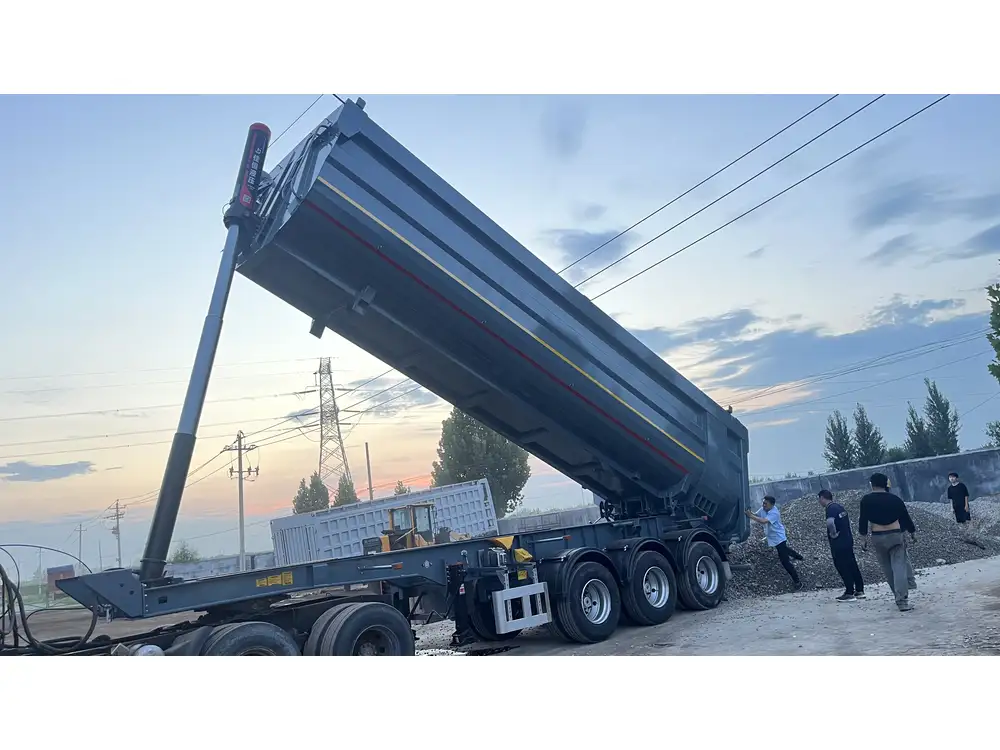
Navigating Urban and Rural Roads
The width of a tractor-trailer has substantial implications for driving in both urban and rural settings. In urban areas, where roadways are often narrower and intersections compact, any width exceeding the regulatory limit can pose potential hazards. Ensuring proper width contributes to better turns, reduces the likelihood of side-swipes, and enhances overall operational safety.
Impact on Load Capacity
Wider trailers can allow for increased load capacity; however, they also raise concerns about balance and stability. Finding the right balance between load efficiency and vehicle width allows for optimal performance. Manufacturers and carriers must analyze weight distribution according to the width specifications to maintain safety standards during transport.
Variations in Tractor-Trailer Widths
Tractor-trailers are versatile and can be customized based on specific needs. Here are a few common configurations that may impact width:
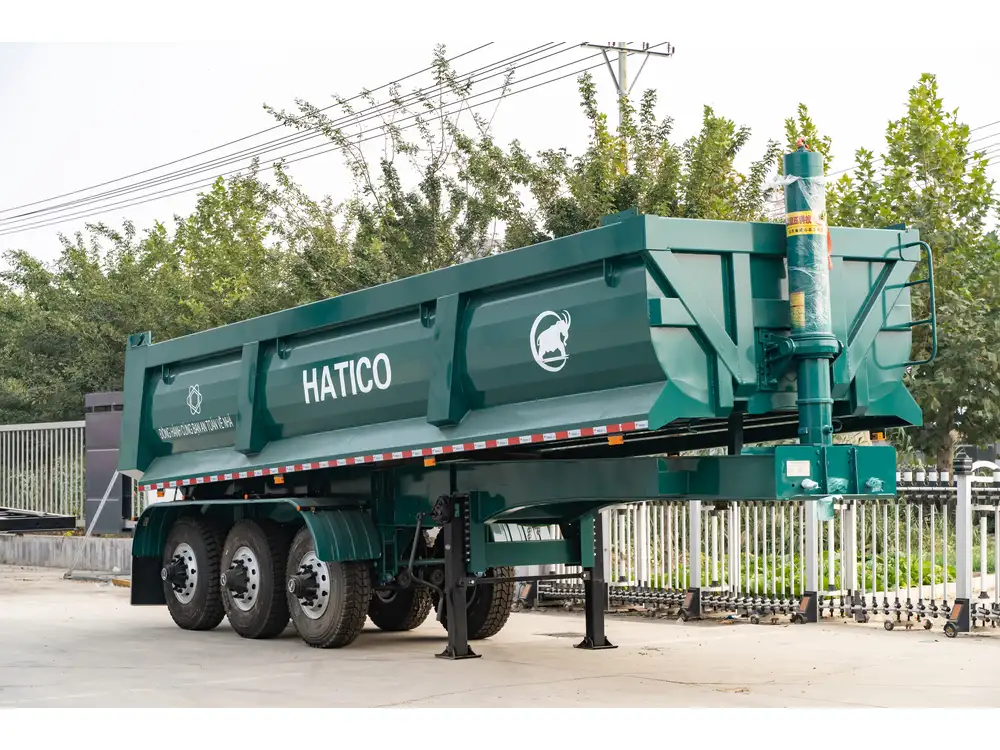
1. Standard Width Trailers
As noted above, the standard width for most trailers is 102 inches. This classification is common across freight shipments and is designed to maximize economy while adhering to regulations.
2. Specialized Trailers
Certain transport needs require specialized setups:
- Lowboy Trailers: Often exceed the standard width due to the need to transport heavy equipment.
- Flatbed Trailers: Can range in width to accommodate varying cargo types.
These trailers can be built to specific widths beyond the standard limits through appropriate licensing but usually come with specific restrictions and permits.
3. Container Trailers
Often used in shipping logistics, container trailers can accommodate various container sizes. These typically conform to international shipping standards, which may mean that their dimensions can slightly differ from standard trucking metrics.
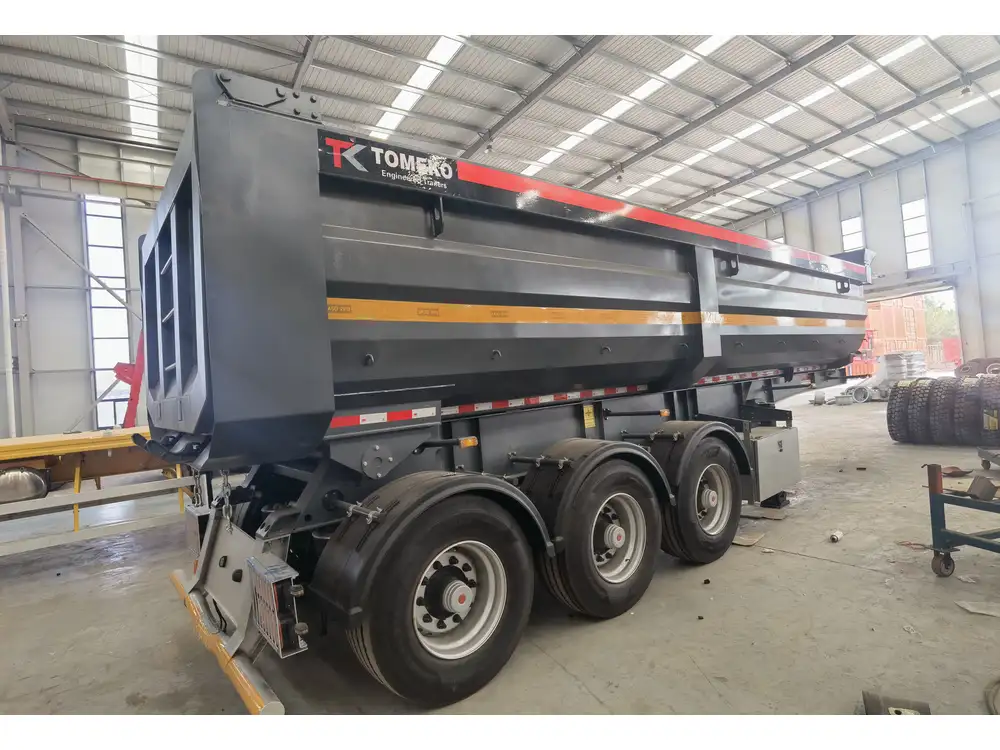
Comparing Width and Legal Compliance
Challenges in Compliance
Non-compliance with width regulations can result in substantial penalties, including fines and increased scrutiny from law enforcement agencies during inspections. Carriers must remain vigilant and ensure that all their vehicles meet the necessary legal criteria.
Practical Compliance Tips
- Regular Inspections: Conduct routine checks on the width of trailers.
- Training for Drivers: Provide specific training on regulations and safety measures concerning width.
- Use of Technology: Consider utilizing technologies such as GPS and load monitoring systems to track dimension compliance actively.

Potential User Questions Addressed
How Can the Width of a Tractor-Trailer Affect My Routes?
The width dictates which roads and bridges can be used safely and legally. Wider trailers may require specific routes, potentially increasing transit time and costs.
What Are the Penalties for Oversize Loads?
Penalties for operating with oversize loads may include fines, road restrictions, and delays. It’s critical for truck owners and operators to seek appropriate permits whenever necessary.
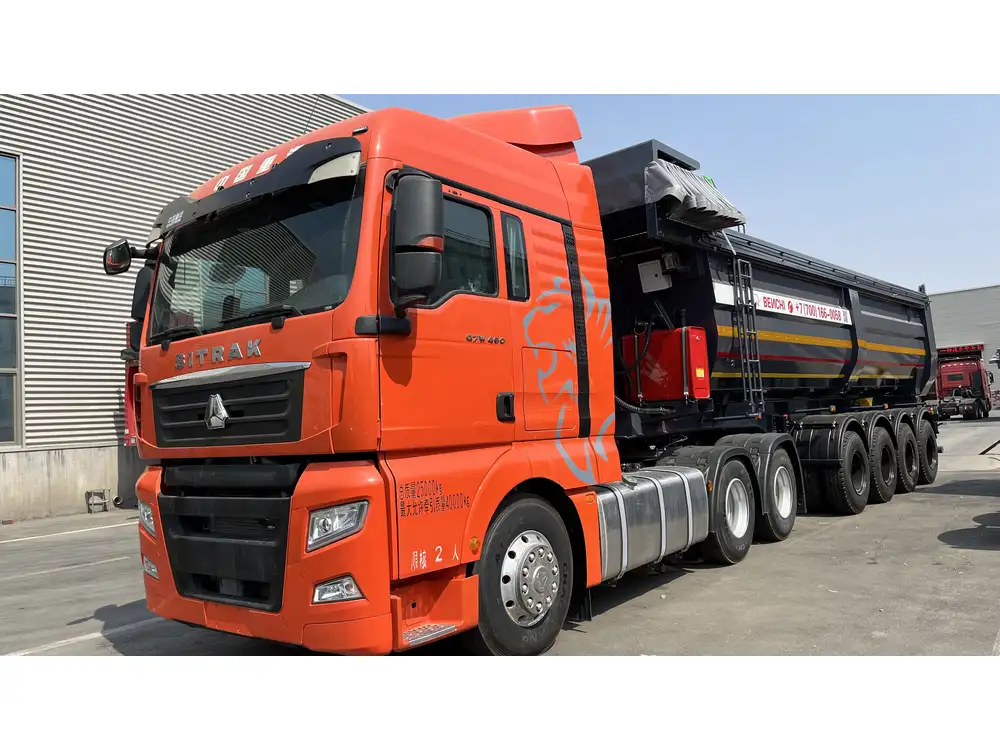
Can I Alter the Width of My Trailer?
While modifications can be made, compliance with local, state, and federal regulations must be maintained. It’s imperative to consult with regulatory bodies before embarking on such changes.
Conclusion
Understanding the width of a tractor-trailer is paramount for anyone involved in the logistics and transportation industry. Knowing the regulations, implications for safety, and how the width can influence operational efficiency allows manufacturers, carriers, and drivers to better navigate the complex world of freight transport. By staying informed and compliant, involved parties can enhance their performance, secure their loads, and ensure smoother operations across diverse environments.
In a world where logistics is ever-evolving, the pursuit of improvement and efficiency will be ongoing, and understanding dimensions like width will remain a fundamental aspect of achieving success in the freight industry.



